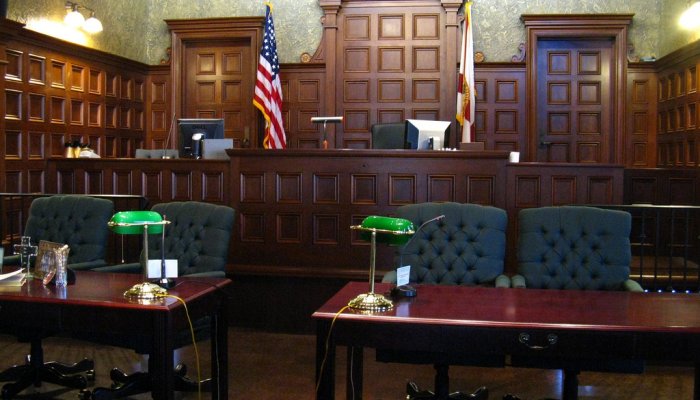
Student debt continues to skyrocket in the United States with over 37 percent of adults under 30 reporting to have outstanding student debt. Student debt for Americans overall amounts to over $1.3 trillion.
This amount is almost triple the amount of student debt from a decade ago. When we look at only young adults with a bachelor’s degree or higher, this percentage increases to 53 percent. The extreme increase comes from the progressively increasing cost of higher education.
The pressure to obtain a degree continues to increase along with the higher price tag, while financial aid continues to decrease. For those with student loan debt, it is vital to understand what student loans are and how to put a plan in place to pay off the debt.
Young adults with student loan debt are more likely to be struggling financially and to hold second jobs. They also tend to value their degrees less than those without the burden of student loans.
One aspect of student loans that needs to be grasped is the student loan grace period.
Together we’ll tackle two questions.
First, what is a student loan?
Second, when referring to student loans, what is a grace period?
Student Loans Defined
Student loans are specifically designed to help students pay for their higher education. Most students don’t have the money necessary to make an investment in higher education on their own. Student loans provide a way to bridge this financial gap.
The student loans can be used to pay for tuition, books, living expenses, and other expenses associated with obtaining an education. The main differences between student loans and other traditional loans is the possibility to access much lower interest rates and the ability to defer payments of the loans until after education has been completed.
In the United States, there are two different kinds of student loans – federal student loans which are sponsored by the federal government and private student loans. The majority of student loans used by students are federally sponsored.
There are two types of federally sponsored loans – subsidized and unsubsidized. With subsidized loans, interest is not accrued while you are in school because the government pays for the interest. With unsubsidized loans, the interest accrues while you attend school.
Though federal loans are usually less expensive than private loans, the government makes a large profit on student loans partially because these loans cannot be discharged even when a bankruptcy is filed.
The interest payments of the loans far exceed the expense the government takes on from administrative costs or losses.
Repayment for student loans typically begin 6 months to 12 months after a student leaves school, whether the student finishes the program or not. Repayment also begins if the student drops below half time course load.
What is a Grace Period?
The grace period is the 6 to 12 months granted to a student after they leave school before repayment begins.
According to Homeroom, the official blog of the Department of Education –
“Your student loan grace period is a set amount of time after you graduate, leave school, or drop below half-time enrollment before you must begin repayment on your loan. For most student loans, the grace period is six months but in some instances, a grace period could be longer. The grace period gives you time to get financially settled and to select your repayment plan.”
During this period, it is important for students to prepare for the coming period of repayment.
The first thing to do during your grace period is to get organized. Sit down and track all of your student loans and read over the agreements for all of them.
After this contact your loan servicer. This is the company that handles your federal student loans. Discuss your repayment options with the servicer and begin to complete the tasks necessary to tackle your student loans.
Maintain contact with your servicer and communicate any circumstances that will affect your ability to repay your loans.
After careful consideration of your repayment options and making sure you have a thorough understanding of debt consolidation, decide on your repayment plan.
Though you might be given or assigned a repayment plan when you first begin, you can change your repayment plan at any time should your circumstances change.
One of the biggest benefits of federal student loans is the flexibility of the repayment options. There are even loan forgiveness programs for teachers and other who serve in public service positions
When it comes to repayment of your student loans, know your options and take advantage of your grace period.












Leave a Reply